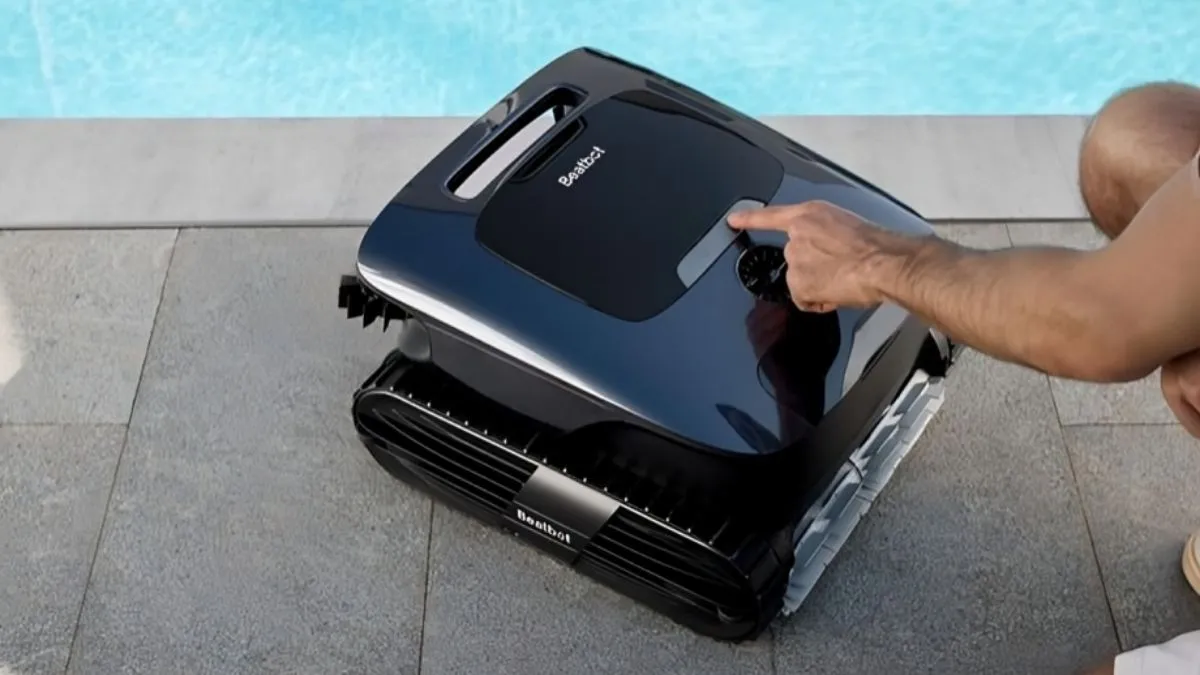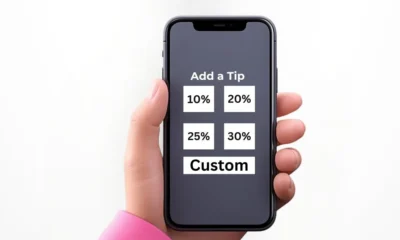SERVICES
Robot Pool Cleaner: Common Pool Filter Problems and How the Right Cleaner Can Solve Them

Pool filters are a must-have to ensure your water is sparkling clean, but for many pool owners, this equipment comes with a list of frustrating concerns, such as clogging, insufficient suction, and algae growth. The right tool—specifically an excellent robot pool cleaner—can go a long way in addressing these issues quickly and effectively. Whether you have a pool vacuum, skimmer, or just a pool vacuum for pool maintenance, knowing your way around common pool filter problems and solutions can help you save time, money, and headaches.
Clogged Filter: When Your Pool is Not Running Clean
Clogged Pool Filters, one of the most common problems of pool filters. Debris, such as leaves, insects, or oils, can build up and prevent water flow, meaning cloudy water and overworked pumps.
A robotic pool cleaner for the pool, especially one that’s designed to grab fine debris, can assist in reducing any wear and tear on your filter by catching particles before they enter the system. Robotic models like the pool robot cleaner and pool vacuum robot feature sophisticated filtration technology that can collect the tiniest of MP3s and other debris.
Skimming has been a classic tool for keeping your pool clean, and by using it regularly along with your robotic pool system giving you get that extra line of protection. It grabs bigger debris that would fill up/overwhelm your filter, so you won’t have to backwash or clean your filter all the time.
Poor Suction and Low Pressure
When your filter is not working properly, you may notice poor suction from your pool vacuum or when water is not circulating through the jets. This could be due to water leakage, dirty filter cartridges, or a blockage.
A smart robot pool cleaner can help with this because it can sense and act upon low circulation areas of your pool during the cleaning process. The three modern-day devices, such as the Beatbot AquaSense 2 Ultra, Beatbot AquaSense 2 Pro, and Beatbot AquaSense 2, are made to clean every nook and cranny, ensuring you get maximum water flow and minimum problems with pressure.
Second, if using a pool cover, combining this with a wall climbing pool cleaner helps to make sure that all vertical walls are scrubbed as well as the pool floor, which, in the off season, is where most of the grime accumulates. By having every surface pristine, you take the load off your filtration system, and it’ll last longer.
Algae Infestation and Other Biological Filth
Persistent algae are ugly, can be destructive to pool parts and accessories. Algae spores are a common problem with filters, and they can spread rapidly when left unattended. Will a pool robot pick up algae? A lot of people who own pools have this doubt in their minds. The answer is yes, so long as you pick the right model.
A pool cleaning robot with high-efficiency filters and brushes can remove most algae, particularly when you use it after shocking the pool or figuring out how to acid wash the pool in a safe way. Use a pool vacuum for algae. To support your robotic cleaner, especially since a regular filter is likely to clog with dead organic matter, you will want to use a pool vacuum for algae in pool cases where the contamination is too heavy.
Prevention is the best defense against another outbreak — just make sure your skimmer basket is getting emptied regularly, run your robotic cleaner on a schedule, particularly after storms or periods of heavy use.
Washing or Rinsing Too Often
If your filter is always gunked up, it could have an excess of fine particles and oils, or perhaps there is a number of dead algae as well. Not only is this wasting water, but it’s also a sign that your cleaning process isn’t being very efficient.
When you own a robotic pool cleaner with the latest filtration media, you can catch debris at its source before it makes its way to your main filter. This ultimately decreases the number of backwash cycles, reducing both water and time needed to maintain the system.
That being said, knowing how to drain an inground pool without a pump is a crucial skill if you have an older system and you have to perform deep cleaning. But when an appropriate robot is in the mix, those drastic measures can often be sidestepped entirely.
Pool Booster Pump Overload
Another common filter issue is that a booster pump pool is putting too much pressure on your system, usually because of a clogged filter or a skimmer full of debris.
This is where a robotic pool that works with booster pump systems comes in, as it effectively extends the life of your pool’s equipment by removing debris before it circulates through your equipment. Maintain a clean skimming surface and upgrade to a model that is designed to work well with a booster (a Maytronics pool cleaner or one of our latest Beatbot models). Knowing what a pool booster pump is and how it works in conjunction with your cleaner is crucial in the management of overall system health.
Mid-Article Feature: Why Beatbot Makes Great Sense
Some robotic cleaners are better at handling filter issues than others. Up to 40% off three great value intelligent filtration options for pool owners. The Beatbot AquaSense 2 Ultra, Beatbot AquaSense 2 Pro, and the Beatbot AquaSense 2 are great value intelligent filtration solutions for pool owners. Not just that, they clean the floor, walls, and waterline too, lessening the load on your pool’s primary filter, alleviating pressure and algae growth as well as minimizing the frequent rinsing rounds.
Tips on how to avoid filter problems:
- Clean early and often with your robotic pool cleaner: It’s all about avoiding build-up before it starts.
- Weekly, clean your skimmer basket: It’s your first line of defense.
- Clean your filter cartridges every month: Especially when using your spa frequently.
- Shock pool after rain: This minimizes the risk of algae and biological load.
- Hybridize manual and tech tools: A pool vacuum and some sort of robotic pool cleaner can work better together than one or the other.
Conclusion
It can be annoying when filters have problems, but having the proper tools —namely, a killer robot pool cleaner—will help tremendously with keeping your water and equipment healthy with no problems. Whether you’re fighting algae, low suction, or recurring clogs, a mix of smart technology, maintenance, and high performers, such as pool vacuum robots, pool cleaning robots, and wall-climbing pool cleaners, can help address the issue. Companies like Beatbot and Maytronics make intelligent choices that are especially suited to your pool’s specifics. Spend on the right tool and your robot pool cleaner will repay you by making the rest of the system work smoother, more efficiently, and more cleanly than you thought possible.
READ ALSO: What Chemical Is Used to Clean Pools?
-

 BIOGRAPHY7 months ago
BIOGRAPHY7 months agoBehind the Scenes with Sandra Orlow: An Exclusive Interview
-

 HOME1 year ago
HOME1 year agoDiscovering Insights: A Deep Dive into the //vital-mag.net blog
-

 HOME1 year ago
HOME1 year agoSifangds in Action: Real-Life Applications and Success Stories
-

 BIOGRAPHY1 year ago
BIOGRAPHY1 year agoThe Woman Behind the Comedian: Meet Andrew Santino Wife




























